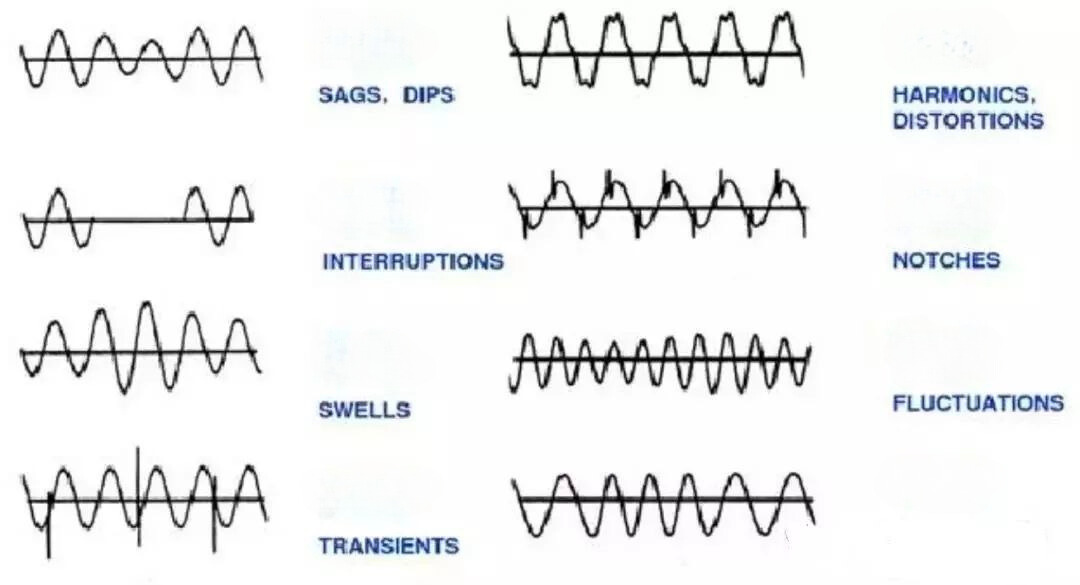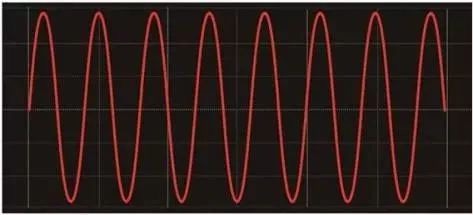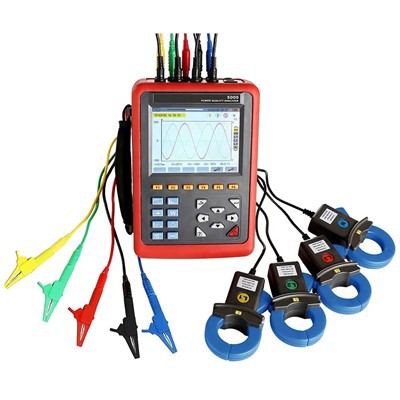What You Don't Know About Power Quality Governance
With the continuous development of modern industry and power electronics technology, the power equipment is more and more complex and diverse, which has led to a number of power quality problems. On the one hand, in addition to the problem of low power factor, a variety of converters and other power electronic devices are increasingly widely used for the introduction of a large number of harmonics into the power grid; on the other hand, a large number of precision instruments are very susceptible to the impact of power harmonics, the power quality of the requirements of more and more high. It is imperative to actively and effectively manage power quality on the user side.
Problems With Power Quality
Fluctuations, dips, surges, imbalances, harmonics, etc., in the grid voltage will have the following hazards in addition to affecting the normal operation of power quality sensitive loads:

So that the components in the power grid to produce additional losses, reduce power generation, transmission and the efficiency and service life of power equipment.
Leading to relay protection and automatic device error, and may make the electrical measuring instruments dose not allowed;
Produce mechanical vibration, noise and over-voltage, so that the transformer local overheating.
Harmonics make capacitors, cables and other equipment overheating, insulation aging, life shortening, or even damage.
Harmonics will also lead to local parallel resonance and series resonance in the utility grid, thus making the harmonic amplification, greatly increasing the harmonic hazard, sometimes causing serious accidents; high harmonics will also be close to the communication system to produce interference, the light produces noise, reduce the quality of communication;
When the voltage is seriously unbalanced, it will make some DC motors which have strict requirements on voltage zero crossing point to fail.
Factors Affecting Power Quality
1. Generation of voltage deviation
(1) The existence of system power impedance and peak and valley loads is the main reason for voltage deviation. At the same time, the system reactive power supply does not reach the principle of hierarchical control and dynamic local balancing, resulting in a serious shortage of system reactive capacity, or capacitors, regulators can not automatically switch according to the power factor also increases the additional voltage deviation.

(2) The power grid has insufficient on-load voltage regulating equipment or on-load voltage regulating equipment configuration is unreasonable, resulting in a series of voltage conversion series for the user power supply voltage adjustment means, in the system power quality is poor when the voltage quality is poor.
(3) Distribution network structure is unreasonable, power supply load and grid impedance parameters do not match: such as power structure is unreasonable, not close to the center of the load, conductor cross-section is small, the load current density in the line is too large, the supply radius is too large beyond the permissible range and so on.
(4) User power factor is too low or user substation equipment load rate is too low.
2.The generation of grid harmonic pollution
The main reason for the generation of harmonics is the large increase of all kinds of non-linear loads to make the voltage waveform distortion, the generation of harmonic voltage and harmonic current harmonic pollution is an important reason for the pollution of the power grid, harmonic generation of the main power equipment is a high-power silicon controlled rectifier, such as electrified railroads, electric traction locomotives electrochemical electrolysis device and DC transmission current converter device, etc.; there are mainly generated shock load devices such as Steelmaking with electric arc furnace and steel rolling mill; energy-saving appliances such as energy-saving lamps and inverters; a variety of medical devices and uninterruptible power supply and electronic rectifier; self-saturated reactor and controllable saturation reactor; excitation circuit of the power transformer and so on.
3. Voltage fluctuation and voltage flicker generation
The causes of voltage fluctuations and flicker are many, the main reasons are.
(1) Large impact loads such as system short circuit, heavy-load trains passing through electrified railways, frequent use of AC welding machines, steelmaking furnaces and rolling mills;
(2) Grid voltage fluctuation and flicker caused by system short-circuit faults such as three-phase short-circuit fault, two-phase short-circuit fault or single-phase grounding fault;
(3) Switching on and off of large-capacity electrical equipment such as power capacitors, reactors, power transformers and motors;
(4) Automatic switching on and off of backup power supplies, automatic reclosing devices, etc.;
(5) Voltage fluctuations and flickers in the power grid caused by discharge of lightning arresters due to lightning strikes.
Main solutions for power quality control
The power quality issues that grid users need to deal with are mainly power factor issues, harmonic issues, three-phase load imbalance issues, and voltage transient issues.

Common treatment methods for these problems are: capacitor compensation, tuning compensation, single-phase compensation, dynamic switching compensation, passive filtering, active filtering, etc. Each method mainly treats a certain aspect of the problem, but at the same time it will affect other aspects, or have adverse effects, or have incidental helpful effects.
Common ones include: In today's power quality environment, when simple capacitor compensation (without tuning reactor) is applied to low-voltage power systems, it is often affected by the power system or system harmonics, which causes harmonic amplification, resulting in shortened capacitor life and even other serious accidents.
It is more important to note that when the harmonic content in the low-voltage system is high, it must be considered that the low-voltage capacitor group without series tuning reactor will form a series resonant circuit with the transformer. When the harmonic frequency in the system is close to this series resonant frequency, resonance will be produced. In the distribution network, harmonic amplification is not only generated when the frequency is equal to the resonant frequency, but as long as the frequency is close to the harmonic frequency, it will cause harmonic amplification. The nonlinear loads widely used in modern distribution systems will generate harmonics in a wide frequency range. Therefore, unreasonable reactive power compensation will generally cause harmonic amplification problems, so it is necessary to consider the use of harmonic elimination filtering compensation scheme.
In addition, when using active filters for harmonic control, attention should be paid to the compensation method. If pure capacitor compensation is used, the active filter itself will also emit harmonic current (equal to the harmonic current frequency in the system and opposite in direction) when controlling harmonics. This compensation harmonic current will also shorten the life of the capacitor and even cause failures. Therefore, in places where active filtering devices (APF) are installed, the compensation part must be connected in series with reactors to effectively protect the capacitor.
In short, the purpose of comprehensive power quality control is to prevent conflicts between different control methods, avoid waste caused by repeated actions, avoid using high-investment methods to solve problems that can be solved by low-investment methods, and achieve the best possible control effect with the least investment.
Benefits of Power Quality Management
Improve the power factor at the user end, reduce reactive power consumption, reduce electricity bills, and even obtain electricity bill rewards.
Effectively increase the utilization rate of transformers, switchgear, cables, etc., and reduce the investment in electrical equipment. Eliminate harmonic pollution in the power system, provide a green and safe power environment, delay cable insulation aging, reduce equipment heat loss caused by harmonics, and increase equipment life.
Avoid compensation capacitor tripping accidents, provide protection for reactive compensation and safe operation of system equipment, and avoid series or parallel resonance, which causes damage to components.
Eliminate some protective equipment malfunctions caused by harmonics, as well as inaccurate measurement of measuring instruments, and also eliminate communication interference and signal distortion caused by harmonics.
Alleviate the three-phase imbalance problem in the system and effectively reduce the loss of transformers and lines.
Reduce the current of the neutral line, reduce the operating temperature of the distribution transformer, and reduce heat loss.
Slow down the insulation aging of the cable and avoid accidents caused by.

RDCR5000 Power Quality Analyzer is a comprehensive test instrument and specially designed for field test of three phases, multi-functional and intelligent, concise man-machine operation. It is easy to use, large LCD screen display, high resolution, interface in both Chinese and English, shock-proof shell structure and so on.
Click RDCR5000 for more product information.
Click contact us for the latest quote.




